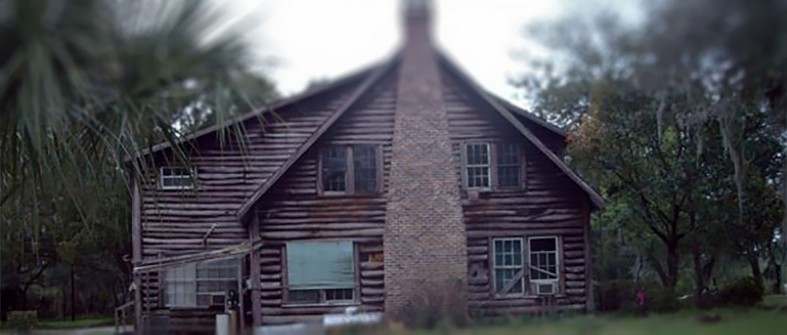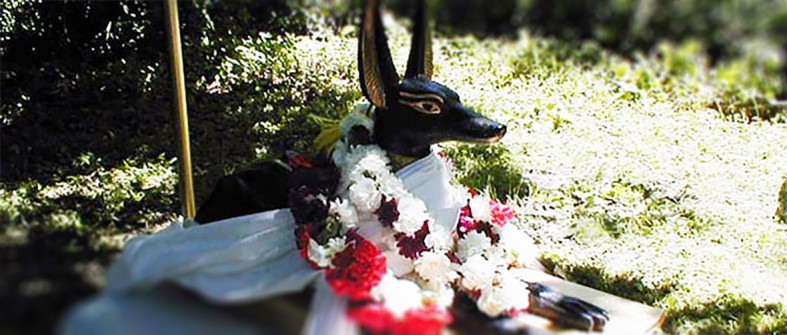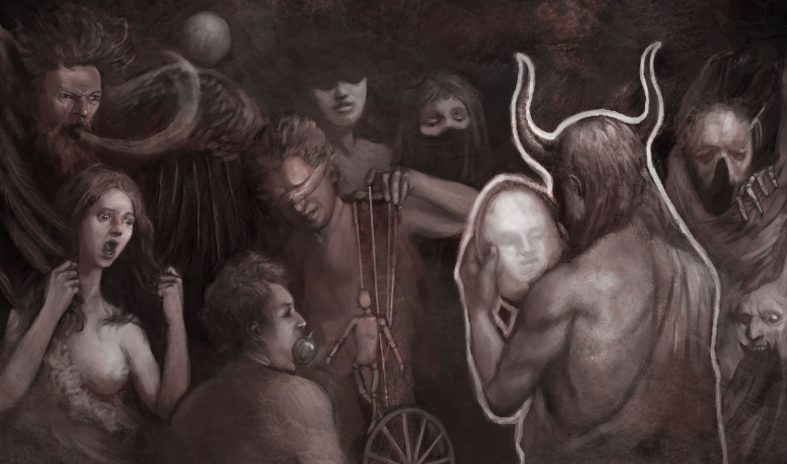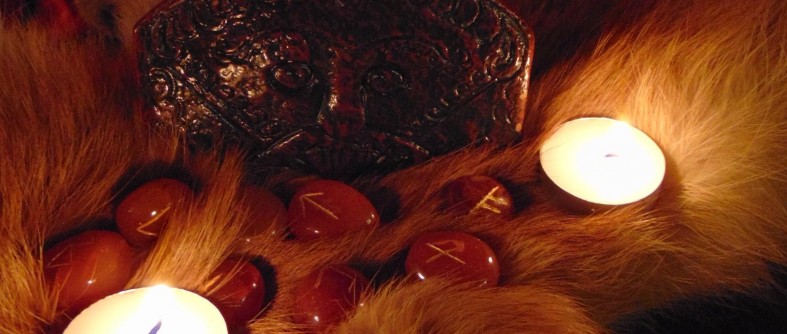
The Nature of the Gods (VII): Providence and Powers
One can do henology without Gods, that is, purely as an inquiry into the nature of units as units and into the unit-nature of beings, without acknowledging that there are perfect henads prior to being, about whom it makes no sense to ask if they are, or are not. In such a henology, this status would exist only as an as-if quality of things. Such a henology recognizes the Pythagorean axiom that ‘All things are…











